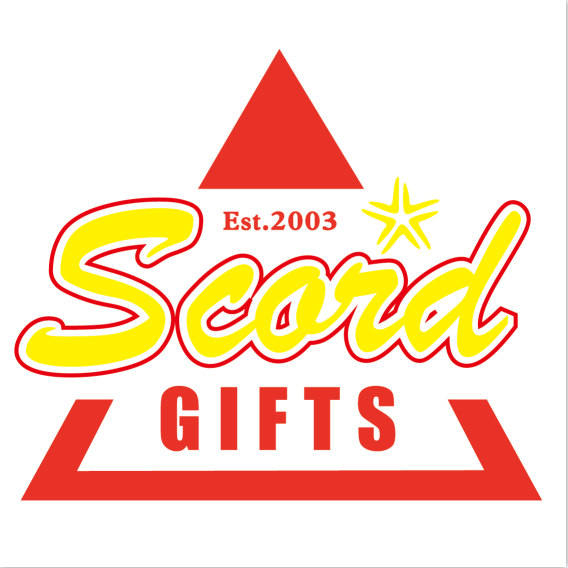United States Army Medal, Badges And Insignias,
A very thin epoxy coat protects the colour material from scratching. This course of is like Epola and Cloisonné in that strips of metal separate areas of color. Unlike Cloisonné, the areas of shade rest under the metal strip floor, which can be felt whenever you run your finger over the floor. Like the photo etched process, the top may be lined with protective epoxy so that the piece seems easy. Bolder designs are really helpful to be able to forestall any unsatisfactory coloring caused by strains and figures which might be too skinny or too small.
Spinner Pin – A spinner pin has a spinning mechanism that moves a chunk of the pin 360 levels. Slider pin – A slider pin has a movable piece that slides backwards and forwards throughout the base of a pin.
The metallic piece is baked at approximately 450F for 12 to 15 minutes. Excess colour and impurities are then wiped off the metal surfaces.
LED pin – A LED is a light-up pin that flashes when activated. The gentle-up element has been used much less in recent years as a result of difficulties in battery replacement and bulkiness. Bobble pin – A bobble pin is an upside-down dangler pin that uses a spring as an alternative of a sequence. Screen printing, a.k.a. silk screening is produced by making use of every color to the metal base utilizing a 'silk display' course of.
Back stamp – A pin's back stamp accommodates information about the pin and might embody copyright info and edition size. Stick pin – A stick pin has a thin needle with a collar that slides up and down the needle to safe or release the pin. Screw and nut – A screw and nut clasp is likely one of the most secure. The prong is threaded in order that the nut screws into place to carry the pin firmly.
Providing your team best soccer trading pins from Kunshan Shengde Badges Factory, which quality and original design is guaranteed.
If {you are|you're|you might be} {wondering|questioning} {how to|the way to|tips on how to} {find a|discover a} {high|excessive}-{quality|high quality} {custom|customized} enamel pin maker {for your|on your|in your} lapel pin design, {you have|you've|you could have} come to {the right|the best|the proper} place.
Below is a sampling of {some of the|a few of the|a number of the} enamel pins {we have|we now have|we've} created {thus far|so far|up to now}.
Make it {special|particular} by {taking advantage of|benefiting from|profiting from} our know-how.
The recessed areas of your {custom designed|customized} pin are hand-enameled {and then|after which} kiln-fired.
I've searched far and {wide|broad|extensive} for a {reliable|dependable} pin {supplier|provider} and, after working with them for years, I'm now delighted to be working FOR them as {well|properly|nicely}! Our turnaround time varies {depending|relying} on our workload, {but|however} {it is|it's} {generally|usually|typically} about {4|four} {to 5|to five} weeks from digital proof approval to {shipping|delivery|transport} {for standard|for normal|for traditional} orders.
Enamel pins have {become|turn out to be|turn into} {luxury|luxurious} {items|gadgets|objects} for some {people|individuals|folks}.
Hard enamel pins do take longer {to produce|to supply|to provide} {because of|due to} the {several|a number of} rounds of coloring {involved|concerned} {in the|within the} intricate paint {application|software|utility} {process|course of}, thus making them {more expensive|costlier|dearer}.
Our very {own|personal} Charlie Wagers and Amber Halliman have opened an arid plant {and home|and residential} {goods|items} brick & mortar {store|retailer} in Pittsburgh, PA’s Shadyside neighborhood.
If your design doesn’t look {quite|fairly} {right|proper}, we’re {happy|joyful|pleased} to {take care of|care for|deal with} the {changes|modifications|adjustments}.
QUICK LINKS

